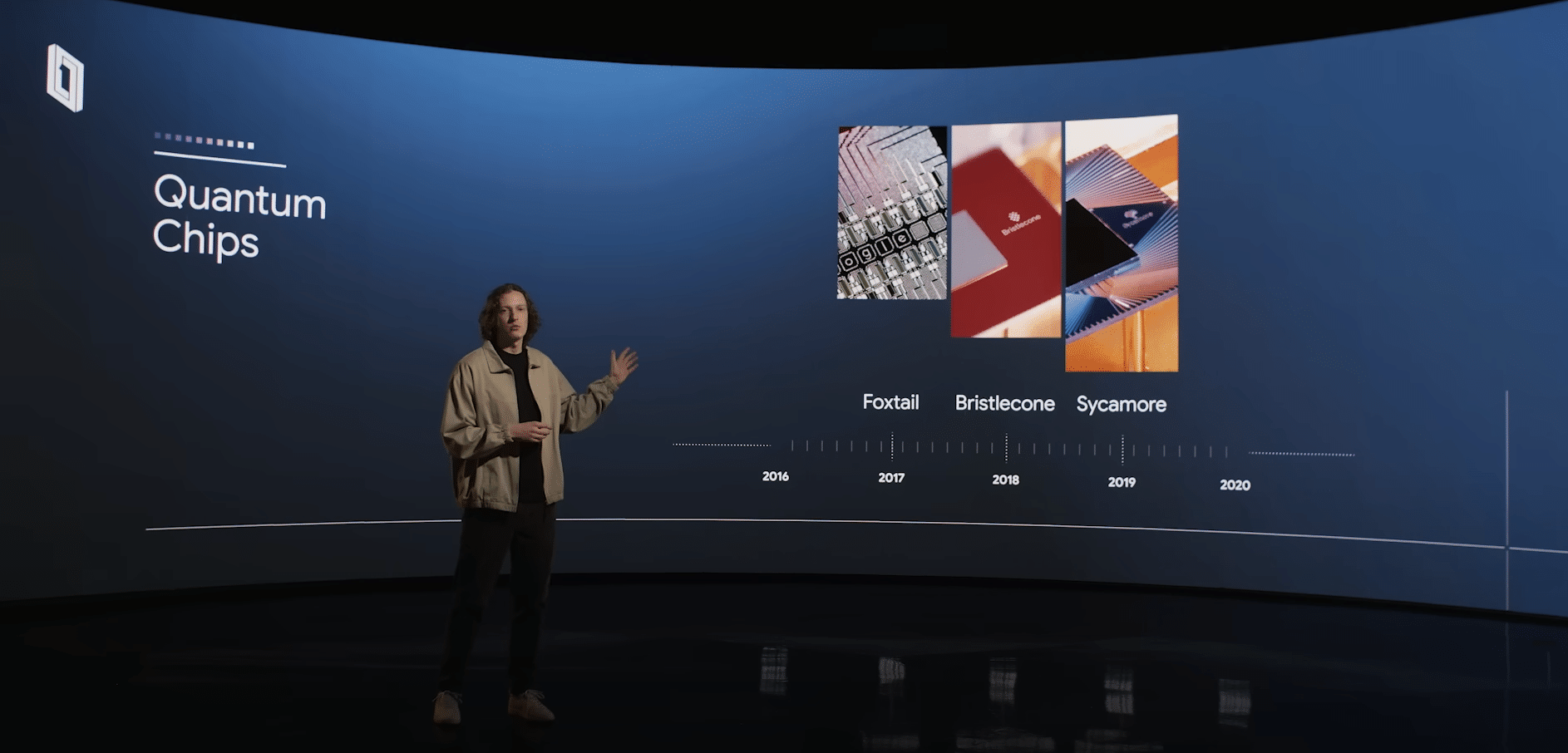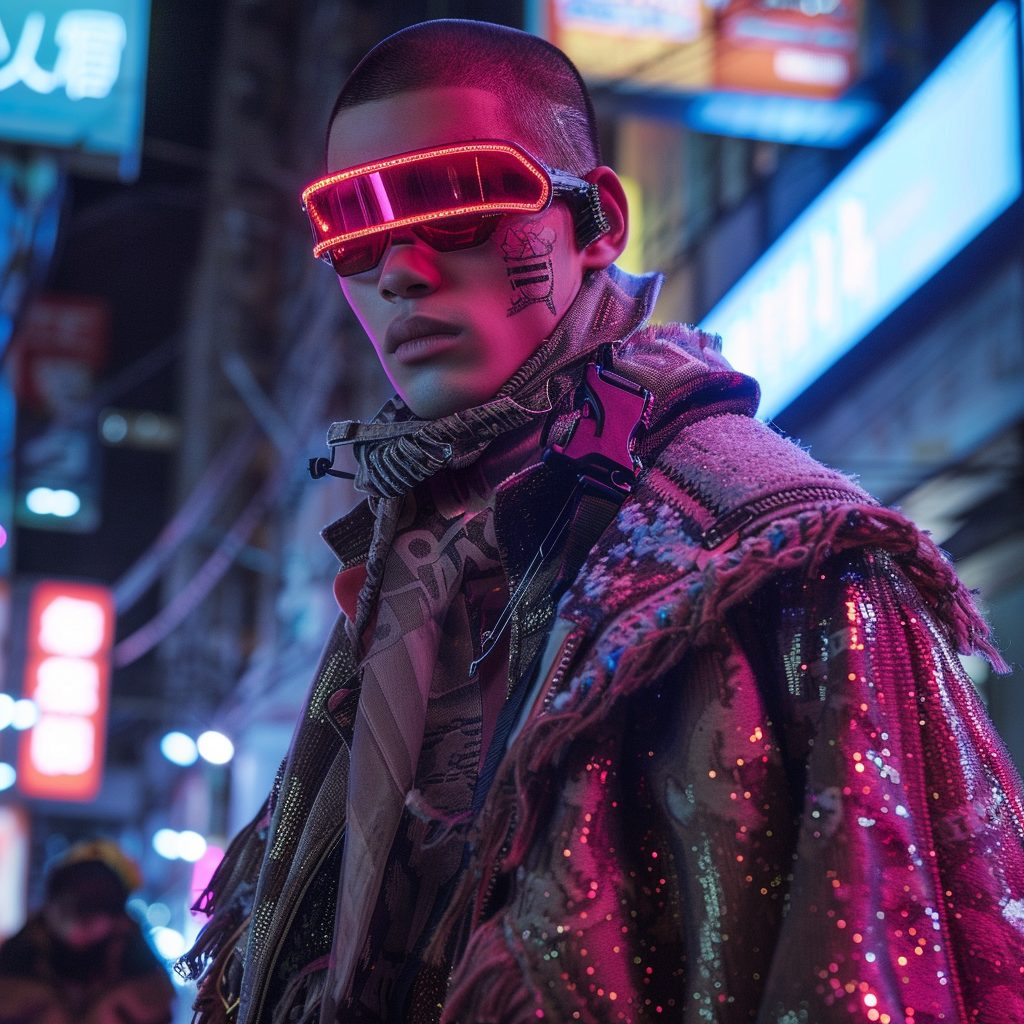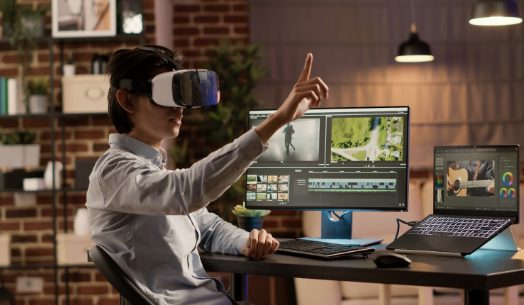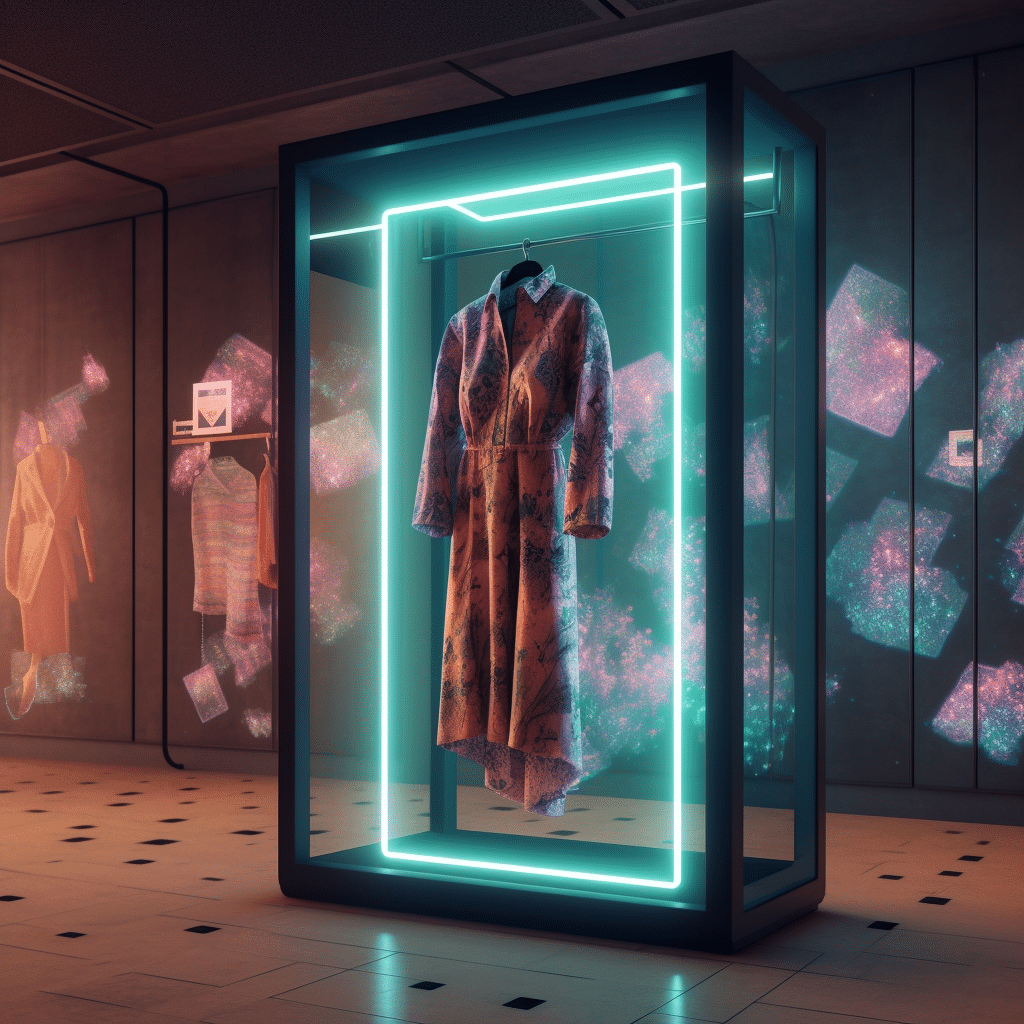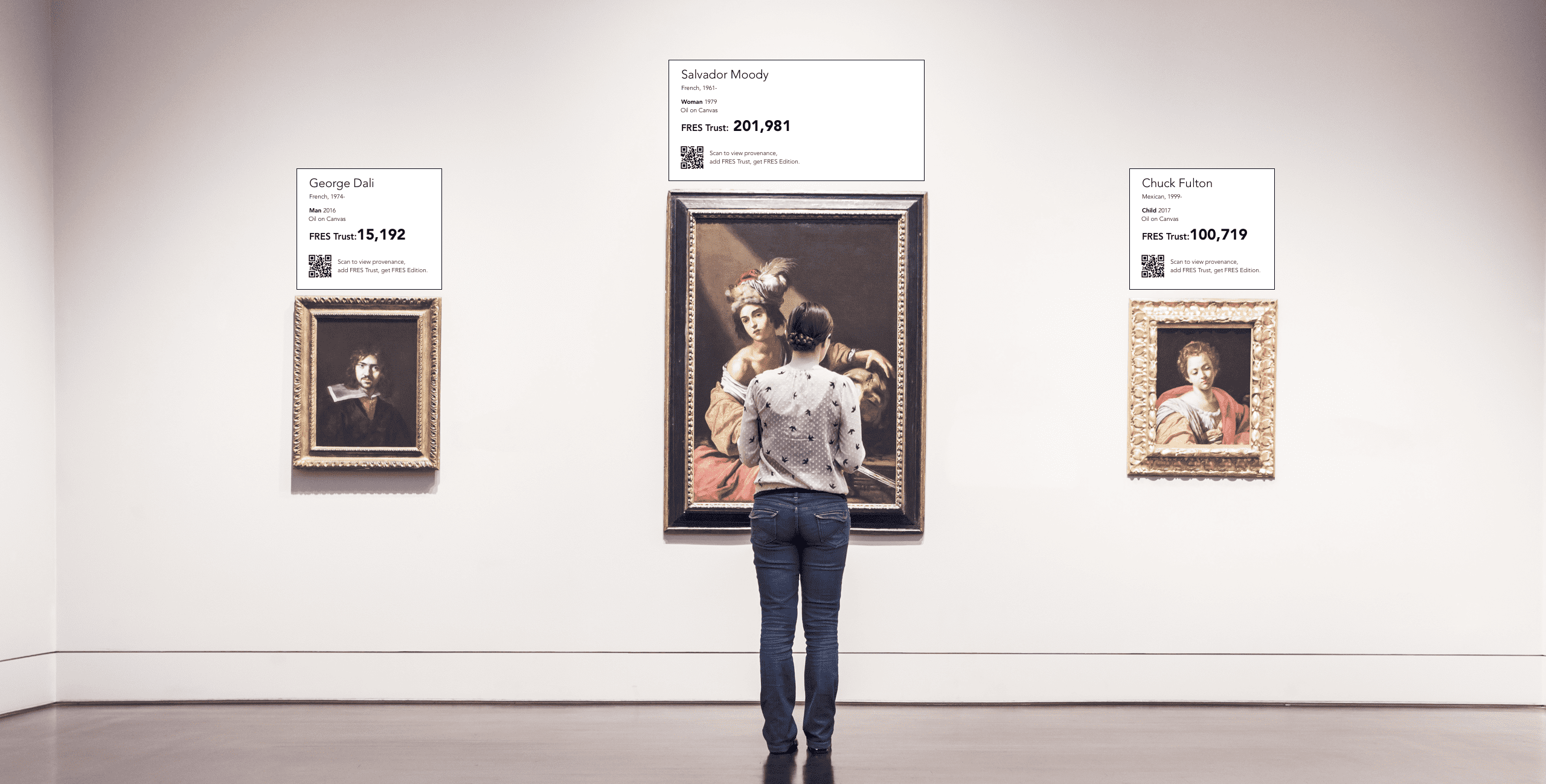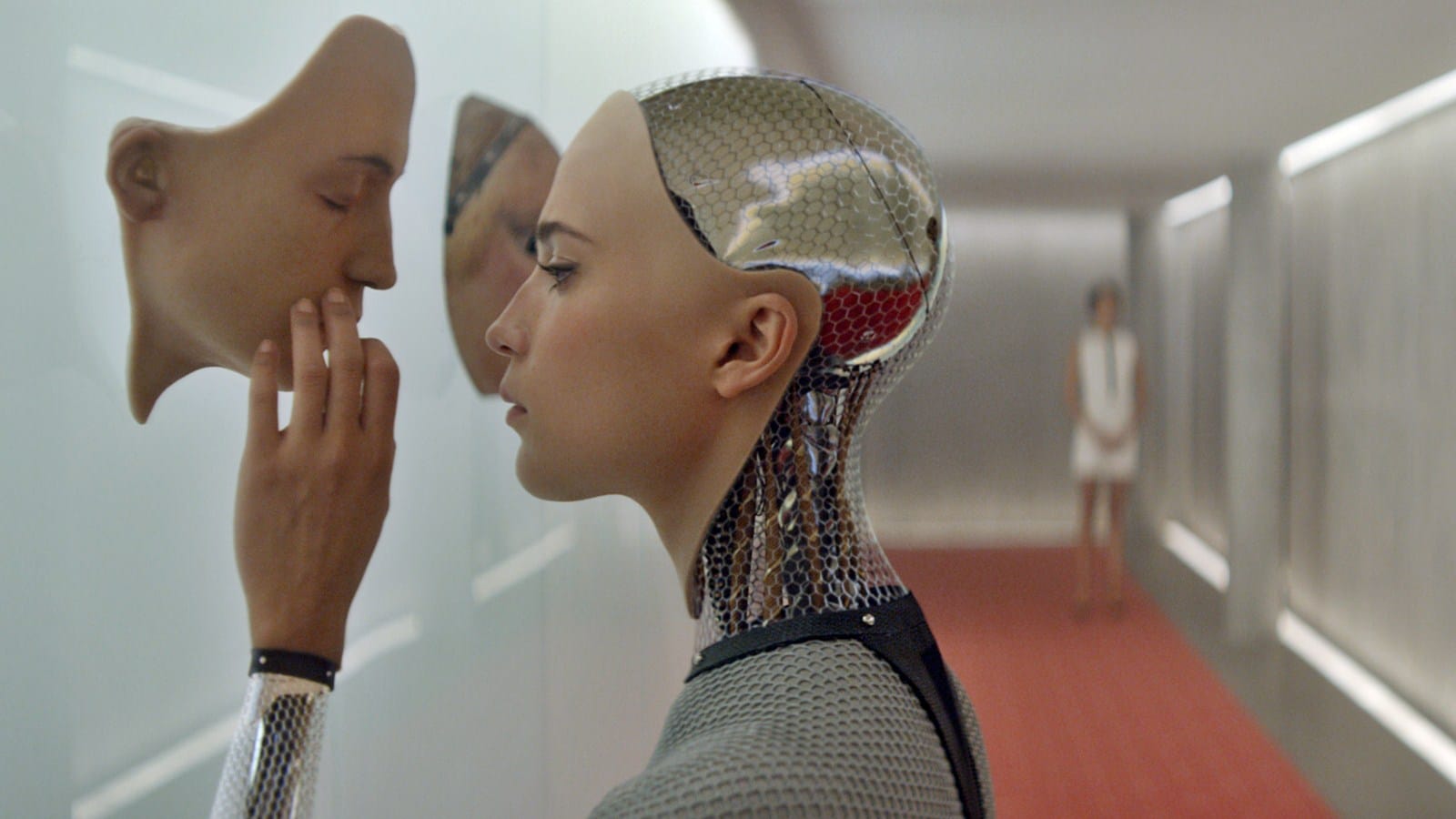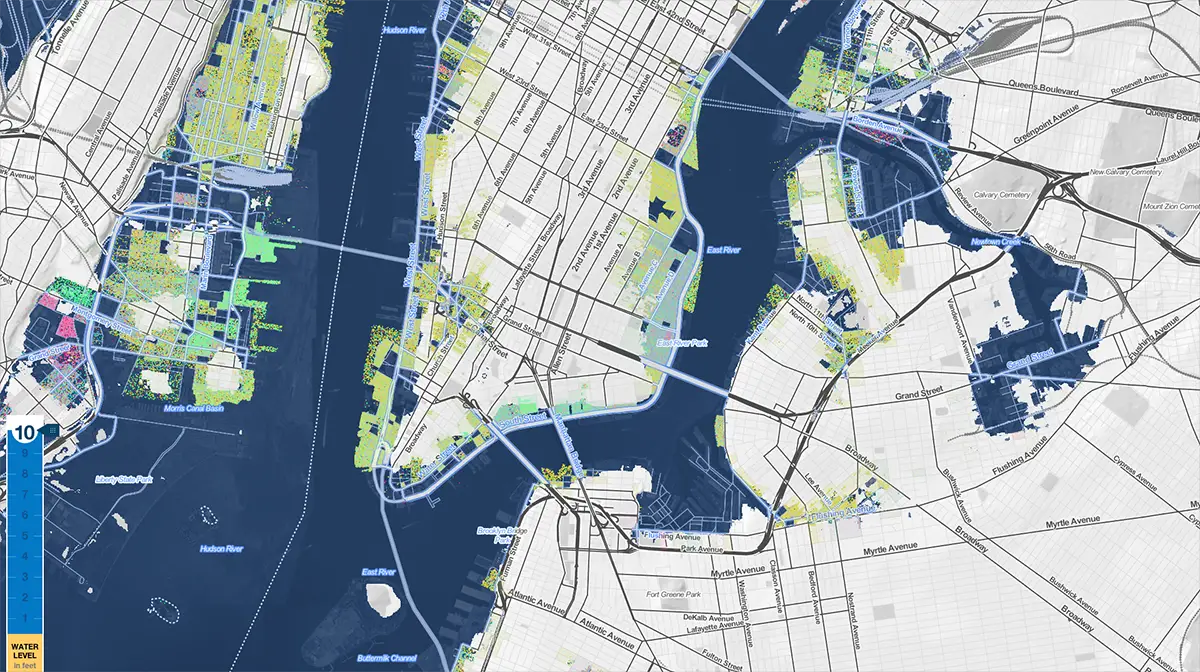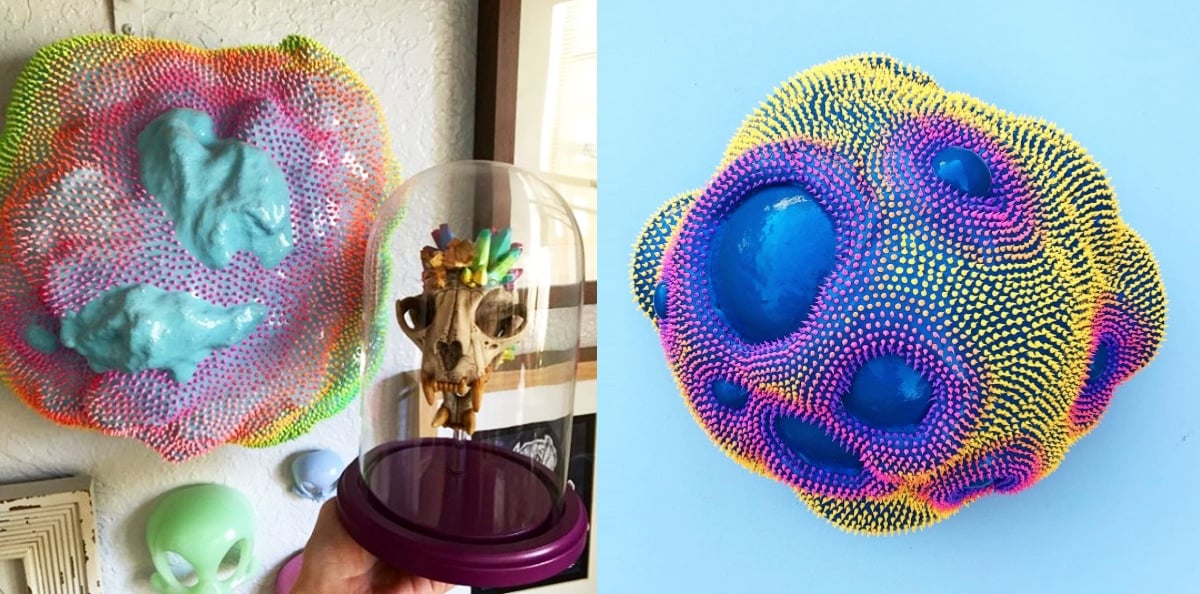Understanding High-Performance Cars, Supercars, and Hypercars
The automotive industry showcases a spectrum of performance-oriented vehicles, ranging from high-performance sports cars to the elite realms of supercars and hypercars. Manufacturers like Ferrari, Jaguar, Porsche, Lamborghini, McLaren, and Bugatti have each contributed iconic models to these categories. Understanding the distinctions among these classifications involves examining their performance metrics, design philosophies, exclusivity, and technological […]
Read More

